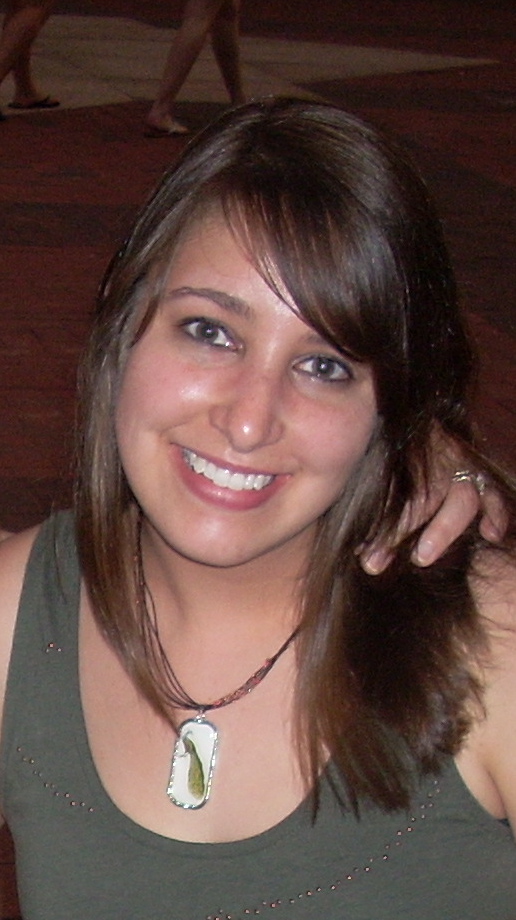Native Americans and Nursing: “A Strong Sense of Community”

Their numbers may be small, around one percent of the U.S. population, but Native Americans are an important piece of the mosaic of diversity that New Careers in Nursing (NCIN) strives for. Issues to consider in Native American health care – religious practices, alternative medical regimens, language – offer both challenges and opportunities in promoting the kind of cultural competence that NCIN embraces.
NCIN scholar Lauren Salopek, BA, who studies in the Accelerated Program for Non-Nurses at the University of Rochester in New York, is a member of the Ojibwe (or Chippewa) tribe .
“I decided after college that a desk job wasn’t for me,” says Salopek, who once thought that Foreign Service was the route she would follow after majoring in political science at the University of Michigan. Taking a women’s health course “on a whim” gave Salopek a new perspective on her career options, she says. The course was taught by a nurse midwife, who inspired Salopek to consider the career for herself. She now hopes to become a certified nurse midwife and work in a Native American community.
 “In a rural Native American setting, there is a strong sense of community, and that’s appealing,” Salopek says. “Plus, the environment would lend itself well to midwifery, since some Native Americans avoid surgery such as C-section.”
“In a rural Native American setting, there is a strong sense of community, and that’s appealing,” Salopek says. “Plus, the environment would lend itself well to midwifery, since some Native Americans avoid surgery such as C-section.”
William Joshua Johnson, BSN, echoes Salopek’s sentiments about Native Americans’ sense of community, although he points out that it presented a challenge for him, as a member of the Lumbee tribe in North Carolina, when he decided to pursue a nursing degree as an NCIN scholar at Duke University.
“Most members of the tribe live and die in this community,” Johnson says. “Leaving was a tremendous issue. My family was supportive of my choice, but I know others would not be.”
Johnson says he was the lone Native American in his accelerated program at Duke, which he completed last year, but the distinction gave him a welcome opportunity to “make a positive contribution to discussions about cultural issues.”
“Native Americans are often lumped together,” he says, “when, in fact, there are very big differences from tribe to tribe.”
Working as an RN in a hospital near the Lumbee population center, Johnson sees the importance of Native American nurses, and sees the need for more of them. “My Native American patients will ask me things that they won’t ask of their doctors and nurses of other ethnicities,” he says. “Historically, Native Americans are conditioned to be less trusting of outsiders, and they’re simply more comfortable asking questions of their own people.”
At New Mexico State University in Las Cruces, NCIN Program Liaison Karen Hand, RN, PhDc, keeps recruitment from the state’s Native American population high on her list of diversity priorities. “There are a lot of opportunities for Native American students, and nursing may not be as different as they think,” she says.
New Mexico State emphasizes to its nursing students that accommodating patients’ cultural practices – such as Navajo tribe members’ prayers and herbs “that don’t really interfere with Western medicine” – is an approach “that helps,” says Hand. “Our school has worked hard on cultural sensitivity.”
Recruitment efforts have not yet yielded as many Native American students as Hand would like to see, but she isn’t giving up.
“There’s such a need for preventive services around issues that are taking a disproportionate toll on Native Americans: diabetes, obesity, drug and alcohol abuse, hypertension,” she says. “It opens up opportunities for advanced practice nurses, and Native American students do tend to go back to their communities.”
“They go back to where they’re needed,” Hand adds. “We just need more of them.”